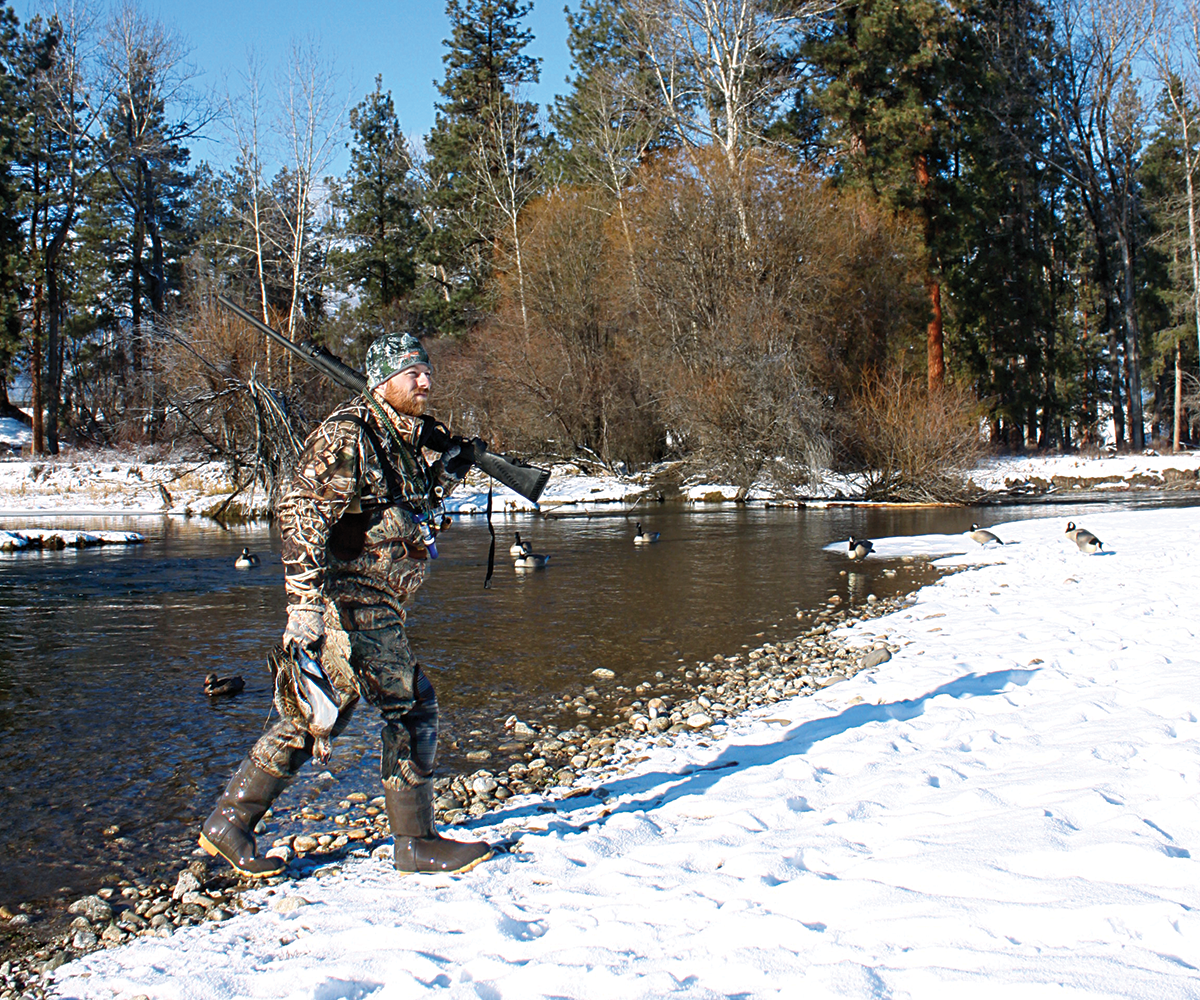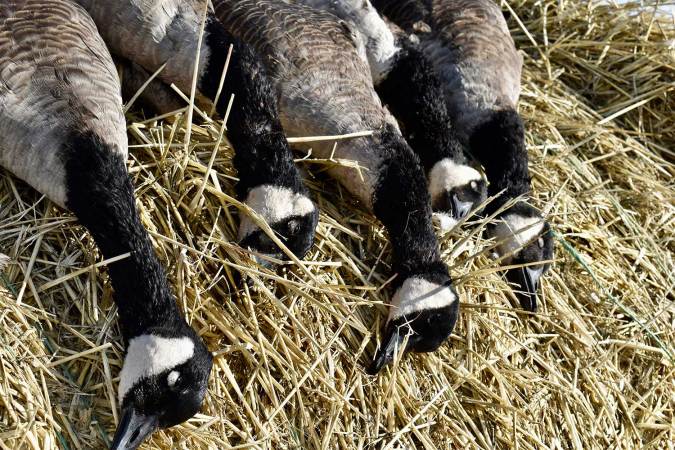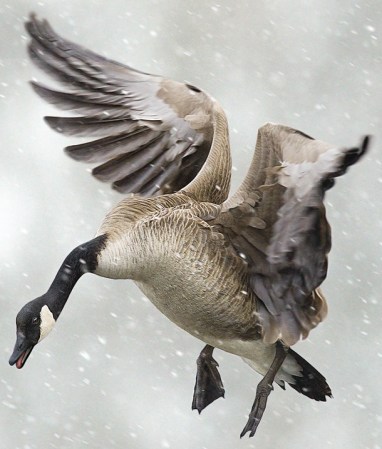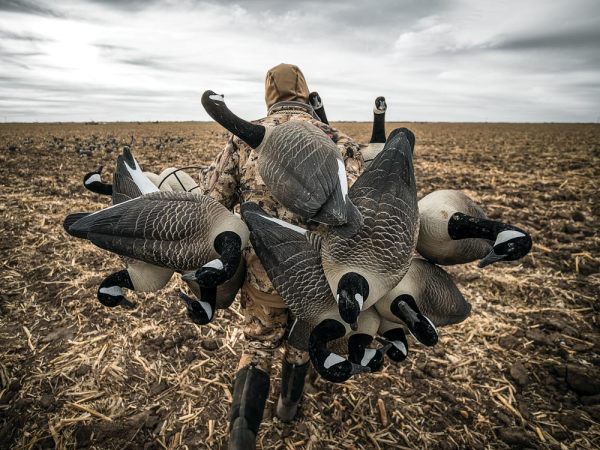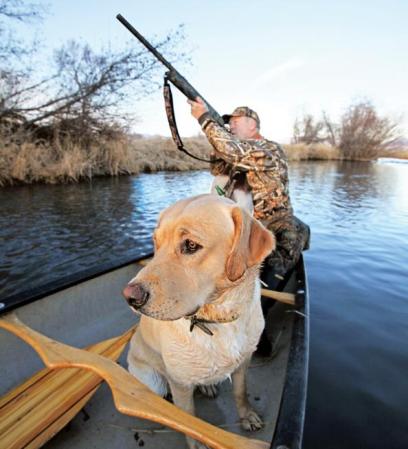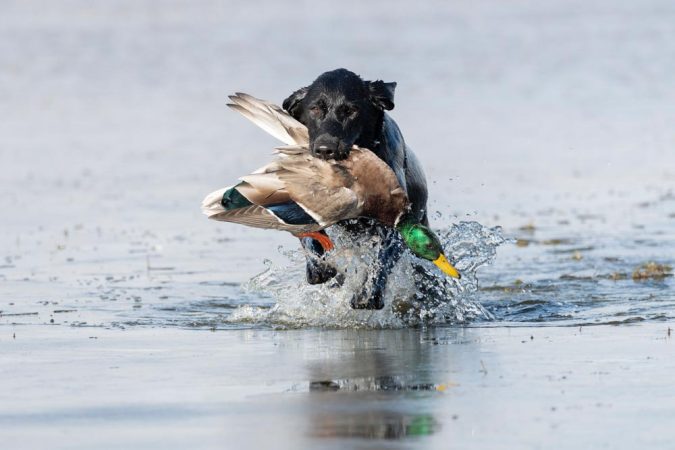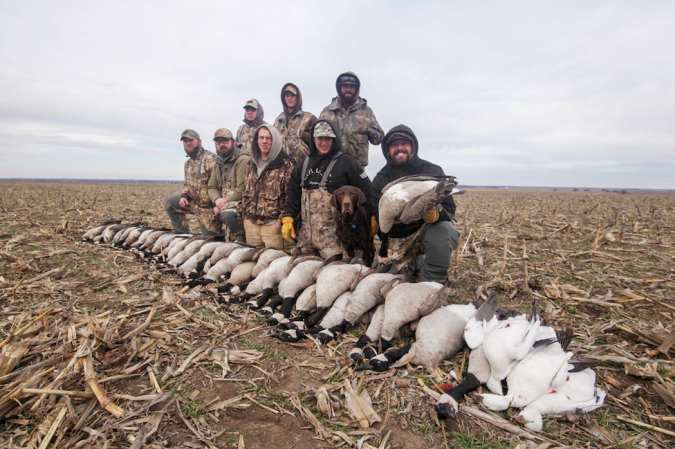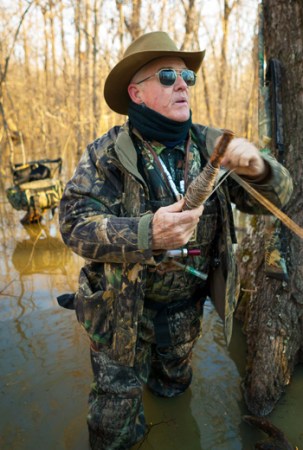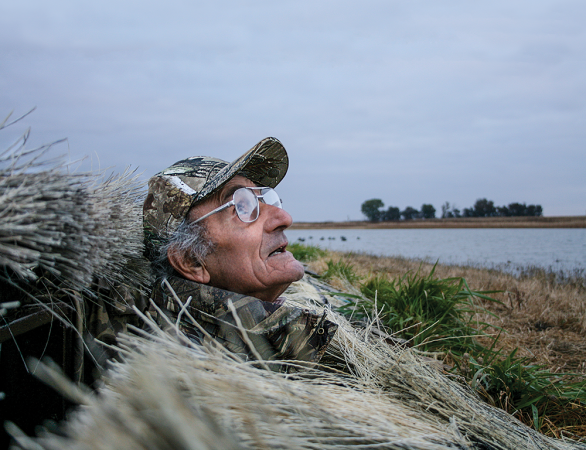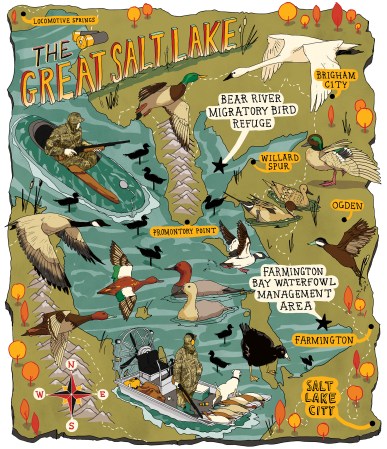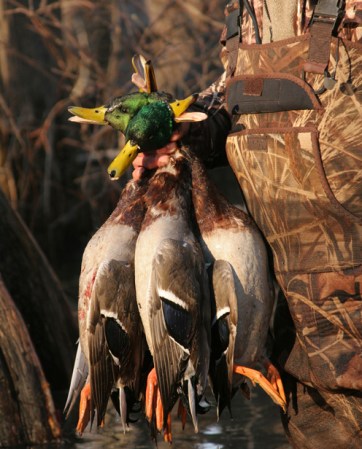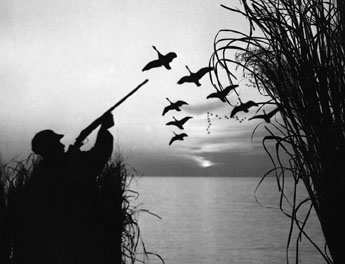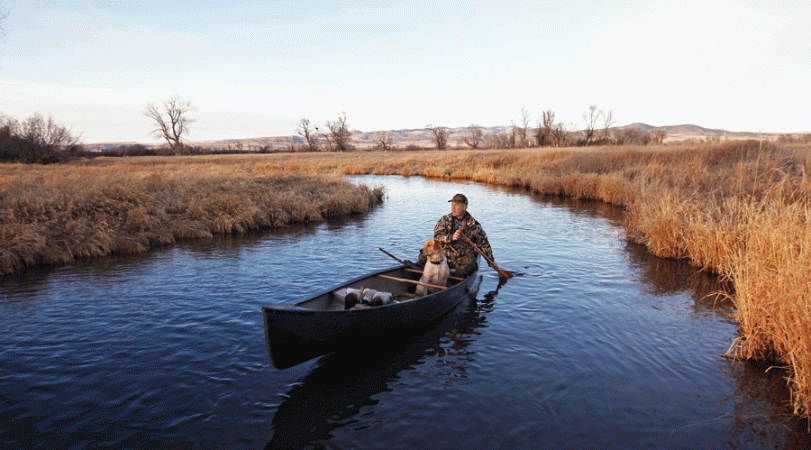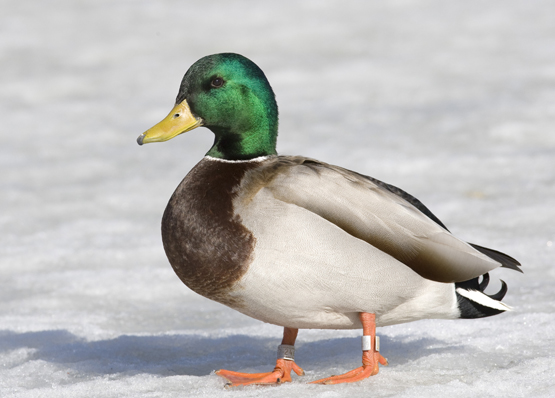A Bitterroot River waterfowl hunter returns to his layout blind. Photograph by the author.
Late December through mid-January is an incredible time to experience waterfowl hunting across the Central Flyway and the interior of the Pacific Flyway. Big orange-legged mallards, fully plumed teal, and Canada geese stack up along open waterways after the first major cold snap. These new birds aren’t yet habituated to local hunting pressure, and when they are moving, the action can be fast and steady.
Here’s what you need to know for winter waterfowl success.
1. Pay Attention to the Weather
Timing your hunt perfectly is always tough, but if the forecast calls for stormy conditions and freezing temperatures pushing from the north, go hunting.
Cold weather gets birds moving, and as the weather worsens throughout the day, migrating birds will drop to the deck looking for a place to hide out and refuel. Any open water will do, but the best spots on early-winter days are ponds and the edges of open lakes and reservoirs.
Expect to fight a constant battle with Jack Frost. Keep open water visible and available to birds by stomping out the ice and placing a few decoys in the slush. If it snows on your decoys, brush them off. If the water freezes, break up and remove any ice chunks.
When the reservoir ice gets too thick to keep pockets of water open, move to nearby rivers. They will be open until the end of the season and will be magnets for late-season ducks and geese, which will be looking for substitute loafing areas once still water has frozen over.
2. Swift-Water Tactics
Laws in Montana and some other Western states allow hunters to access miles of prime waterfowling territory below the stream’s high-water mark.
Late-season birds will follow the rivers, particularly in the morning and as the weather deteriorates. Hunters who set up on the narrowest sections of rivers will be rewarded with close pass-shooting opportunities. Many sections of mountain rivers are shallow enough in December and January to wade across, but pick your spots. Try to cross where winding river braids shallow the water and reveal cobble that you can use to gauge the depth.
3. Stay Comfortable and Concealed
Nothing flares ducks and geese like a bulky duck blind on a river bend. If you use a layout blind covered in shaggy grass, you’ll be able to set up exactly where the ducks want to be. A few handfuls of snow brushed over your blind will melt your profile into the landscape.
The warmer you can keep your body, the longer you can hunt. I keep myself warm in a sleeping bag inside my layout blind to stay alert so I’m ready to shoot the moment the birds pile in.
You’ll also need insulated waders, warm clothes, and slip-resistant footwear. Be prepared for ice-covered rocks to complicate everything you try to do. But the action can be far hotter than the water.
